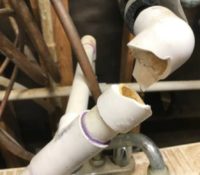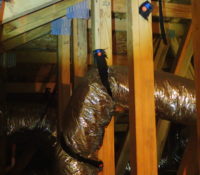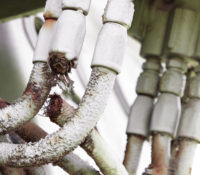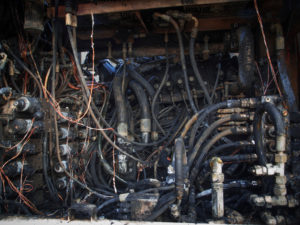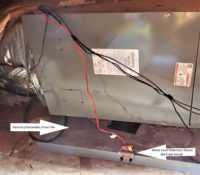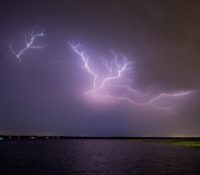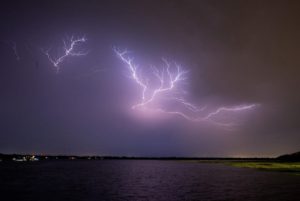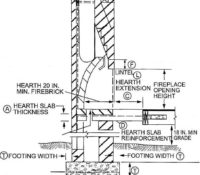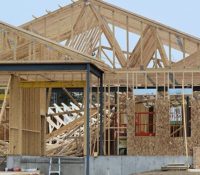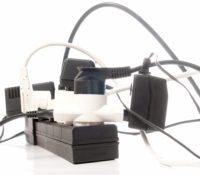How Long Before the Pipes Freeze?
An unexpected severe winter freeze will remind many people and businesses that when water in a pipe freezes, the ice will expand and burst the pipe or pipe fitting. Large losses will result from flooding when the temperatures rise. Insulation will help, but not prevent freezing. Insulation simply slows down the rate of heat loss. The time of exposure to subfreezing temperature is an important factor.
The American Society of Refrigeration and Air Conditioning Engineers (ASHRAE) Handbook of Fundamentals has a short entry on the topic (Chapter 23, page 23.5-6), which gives an equation for estimating the time that it will take an insulated pipe to freeze, Read More


